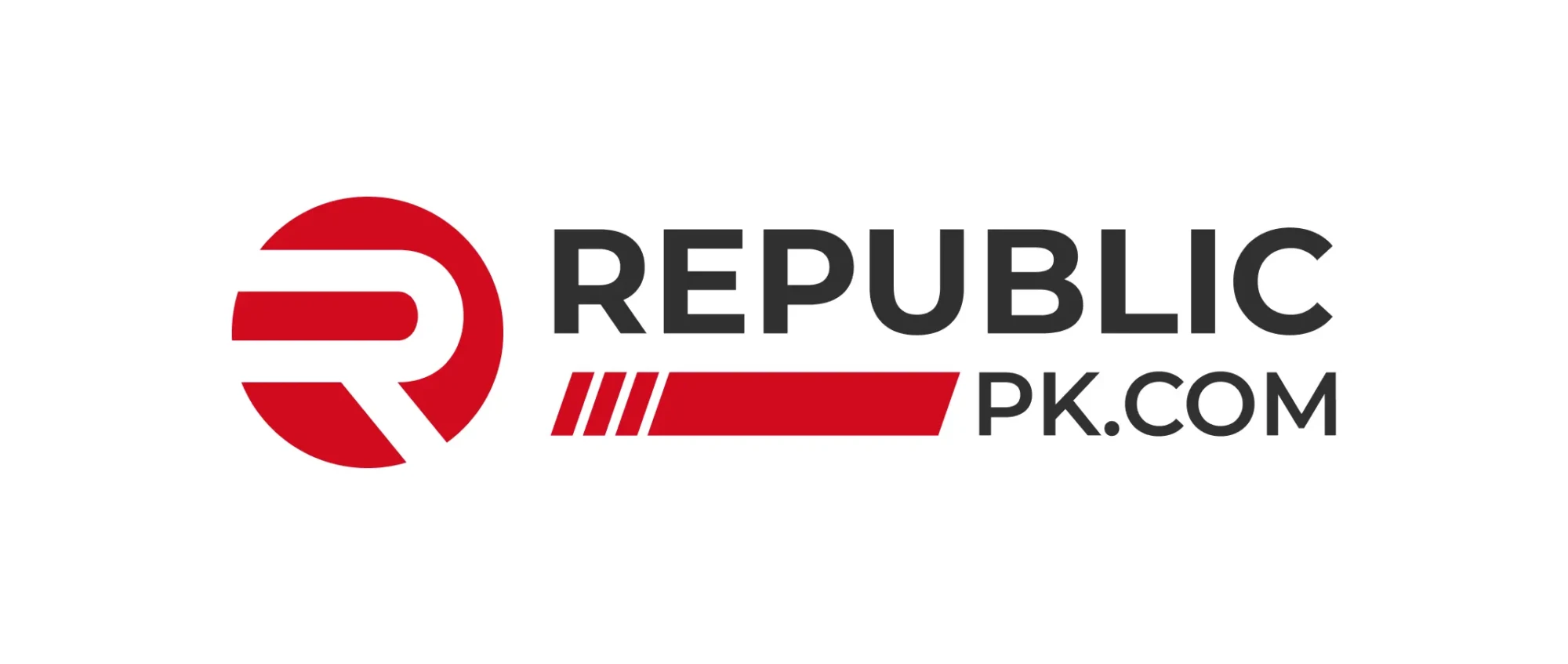King Salman Gate: Saudi Arabia’s Grand Vision for Mecca

Saudi Arabia has announced one of its most ambitious religious and urban development projects in recent history: the King Salman Gate. Crown Prince Mohammed bin Salman revealed the plan, which will expand the area around the Grand Mosque and allow an additional nine million worshippers to pray there. The announcement, widely reported by Saudi Gazette and highlighted in international outlets such as BBC Urdu, has drawn attention for its scale and its potential to reshape the holy city.
The Grand Mosque, or Masjid al-Haram, is the holiest site in Islam and home to the Kaaba, the Qibla for Muslims worldwide. With a history of more than 1,400 years, it already accommodates up to three million worshippers daily. Yet, with the growing number of pilgrims arriving for Hajj and Umrah, Saudi authorities see expansion as both a necessity and an opportunity.
According to the Saudi Press Agency, the King Salman Gate project will cover nearly twelve million square meters, equivalent to almost three thousand acres. The development is not limited to expanding prayer space. It will also reshape Mecca’s urban landscape with residential and commercial towers, cultural centers, and modern transport links connecting directly to the Grand Mosque. Public spaces, markets, and facilities will be designed to blend tradition with modernity, ensuring that pilgrims have both spiritual and practical support during their stay.
The project is being led by Ruh Al-Haram Al-Makki Company, which operates under the Public Investment Fund. A promotional video released by the fund shows futuristic visuals of Mecca surrounded by high-rise buildings, wide boulevards, and bustling markets. The imagery suggests a city that combines sacred spaces with modern convenience, offering a glimpse of how Mecca may look in the coming decades.
One of the defining goals of the King Salman Gate project is to balance Mecca’s sacred identity with modern infrastructure. Saudi officials have emphasized that while the city will gain new facilities, its cultural and spiritual essence will remain intact. Reports suggest the project will generate more than 300,000 jobs by 2036, spanning construction, hospitality, retail, and transport. This aligns with Saudi Arabia’s broader Vision 2030 strategy, which seeks to diversify the economy beyond oil revenues.
Vision 2030, announced in 2017, is a long-term plan to reduce Saudi Arabia’s dependence on oil by investing in tourism, technology, and real estate. Religious tourism is central to this strategy. According to Reuters, Saudi Arabia earned nearly twelve billion dollars from Hajj and Umrah in 2019. The government now aims to welcome thirty million pilgrims annually by 2030. Expansions like King Salman Gate are crucial to achieving this target, ensuring that visitors can perform their rituals in comfort while also experiencing the cultural richness of Mecca.
For millions of Muslims, visiting Mecca is a once-in-a-lifetime journey. In recent years, Saudi authorities have simplified visa processes and improved travel facilities, making it easier for pilgrims to visit throughout the year. The King Salman Gate project is expected to enhance this experience by reducing overcrowding during peak Hajj and Umrah seasons, offering modern accommodation within walking distance of the Grand Mosque, and providing cultural and educational spaces where visitors can learn about Mecca’s history.
As BBC Urdu noted in its coverage, the project is not only about expanding capacity but also about presenting Mecca as a city where faith, culture, and modernity coexist. Observers believe the King Salman Gate represents more than just construction. It reflects Saudi Arabia’s ambition to position Mecca as both a global religious hub and a modern urban center.
The futuristic designs suggest a city that blends skyscrapers with sacred spaces, offering both spiritual depth and modern convenience. While the government has not disclosed the exact cost or completion date, the scale of the project indicates a long-term transformation that will redefine the skyline of Mecca.
The King Salman Gate is more than an expansion. It is a statement of intent. By combining modern infrastructure with deep respect for tradition, Saudi Arabia is signaling its commitment to serving the global Muslim community while also advancing its economic goals. For pilgrims, the project promises easier access, greater comfort, and a richer cultural experience. For Saudi Arabia, it represents a step toward a diversified economy and a reimagined future under Vision 2030.
As the project unfolds, Mecca is set to enter a new era, one where ancient spirituality and modern innovation walk side by side.

